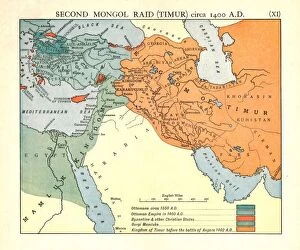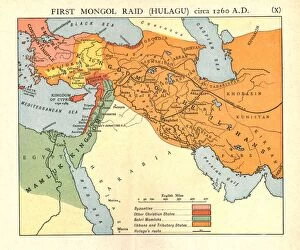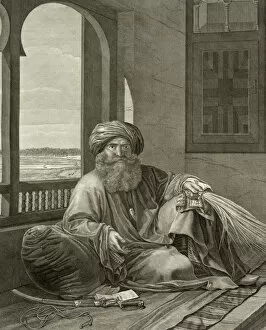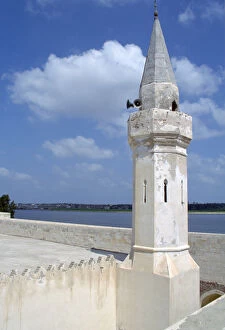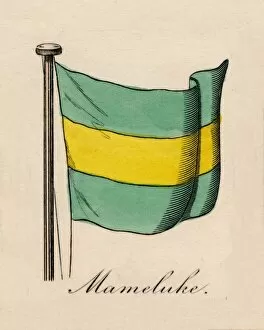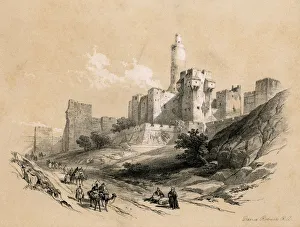Mamluk Dynasty Collection
The Mamluk Dynasty, which ruled Egypt and Syria from the 13th to the 16th century, left behind a rich cultural heritage that can still be admired today
All Professionally Made to Order for Quick Shipping
The Mamluk Dynasty, which ruled Egypt and Syria from the 13th to the 16th century, left behind a rich cultural heritage that can still be admired today. This Qur'an leaf in Muhaqqaq script is a testament to their artistic prowess during the Mamluk period. Created by an unknown artist around A. H. 728 / A. D. 1327, it showcases intricate calligraphy and exquisite design. One of the most iconic structures from this era is the Mosque of Sultan Hacan in Cairo, built between 1849 and 1851. Its grandeur and architectural beauty are captured in this print from 1852, offering us a glimpse into the splendor of Mamluk architecture. Another remarkable monument is Okal Kaid-Bey's door, depicted here in a captivating image taken during the same time period as above. The intricate details on this entrance reflect the craftsmanship that was characteristic of Mamluk artistry. The tombs of prominent figures such as Sultan Kait-Bay and Sultan Bezkouk also stand as lasting symbols of Mamluk culture. These images capture their majestic presence within Cairo's cemeteries, showcasing elaborate designs and ornate decorations that were typical of Mamluk mausoleums. While these architectural marvels highlight peaceful times under Mamluk rule, history tells us that they faced challenges too. The Mongol raids led by Timur (circa 1450) and Hulagu (circa 1400) brought destruction to many cities including Cairo itself. Prints from Emery Walker Ltd depict these tumultuous events with striking visuals that remind us of the resilience shown by both rulers and citizens during those difficult times. Lastly, we have an enchanting view of Cairo from its Citadel dating back to the nineteenth century - a city steeped in history where remnants of ancient civilizations blend seamlessly with Islamic influences.

